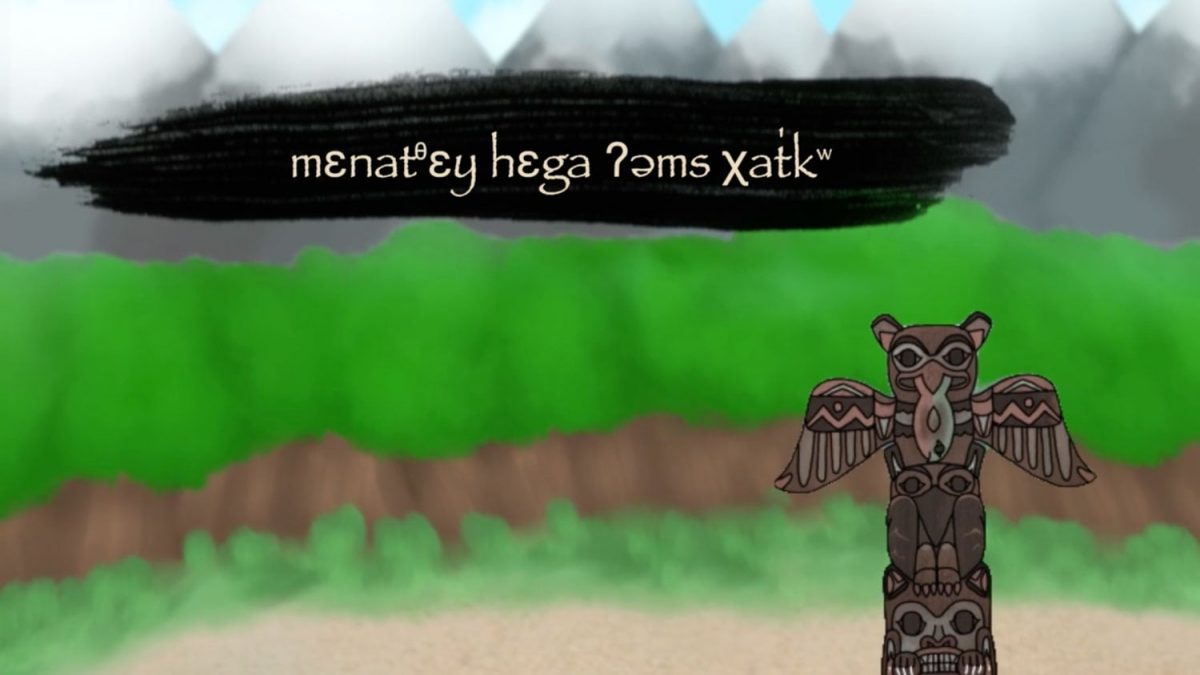By Veselin Jungic, Simon Fraser University
On the occasion of National Indigenous Peoples Day, I would like to show how ubiquitous mathematics — and mathematics talent — is within Indigenous cultures. As a mathematician who immigrated to Canada, and who has worked at universities for most of my adult life, my teaching and learning experiences have shown me this first hand.
After attending the First Nations Math Education Workshop in Banff in 2009, I launched the Math Catcher Outreach Program at Simon Fraser University (SFU), which uses the model of the Indigenous storytelling as a tool to attract youth to the study of mathematics.
The main goal of the program is to encourage both Indigenous and non-Indigenous students to discover the joy and appeal of mathematics in the hope that they may better understand the presence of math and its importance in everyday life, and consider mathematics as a field of study and vocation.
Inspired by Indigenous storytelling traditions, the program has created animated films in several Indigenous languages. We also coordinate a volunteer tutoring activity between the Native Education College and SFU.
We regularly visit First Nation communities across B.C. and Alberta to hold workshops for students and teachers, or to collaborate with the community members on math-related projects.
Through the Math Catcher Program, I’ve had the privilege to interact with hundreds of Indigenous students and their parents, elders, teachers and community members, both in urban and rural settings. These interactions have made it clear to me that talent and interest in mathematics abound among Indigenous learners.
It has also become clear to me that there is a profound mathematical presence in various Indigenous traditions, from art to weaving patterns in cedar root and birch bark baskets, to canoe designs, the strategies of the salmon harvest and the ways of managing resources.
Mathematical presence in Indigenous traditions
A recent Math Catcher visit to Tla’amin Nation included a community event built around several hands-on mathematical activities. In one activity, we explored the properties of the Möbius strip, a surface with only one side and one edge.
In another, we examined a challenging puzzle that required making a braid with six crossings and with no free ends from a piece of paper with two slits. The underlying mathematics of both of these activities is quite complex.
Sosan, a young woman who came to the workshop with her two children was among the event participants. I told her how impressed I was with how quickly she grasped the activities and she answered with something that I regularly hear: “I was never good at math.”
The following morning, after a Math Catcher workshop in the neighbourhood school, a teacher handed me a small package from Sosan containing two objects.
One was a small Möbius strip masterfully woven from cedar inner bark. Sosan’s creation captured the true essence of the Möbius strip: It is impossible to find where the strip begins and where it ends.
The other was a solid braid with twelve crossings and no free ends made from a long piece of bark. To create this braid one needs a great deal of skill and ingenuity because solving this puzzle requires both braiding and unbraiding. Sosan had to process the bark to make it pliable, then braid it, and then return the bark back to its solid state.
As a longtime university math instructor, I felt almost certainly, that no one had considered that solution until that moment. What kind of knowledge, talent and inspiration were needed to find a method and to execute it so precisely by creating a model of a complex mathematical object?
I wonder when Sosan came up with the braid in bark problem? During our event? While driving back home? While putting her children to bed?
In my career as a mathematician, I have been fortunate to collaborate with some of the most talented mathematicians in my area of study, Ramsey theory. My encounter with Sosan’s creativity and her deep understanding brought back that same dizzying feeling of witnessing something very special when I had worked with some of the finest mathematical minds.
Sosan’s gifts are now two of my most valued possessions.
This experience also describes what I consider a great challenge for my teaching and academic communities. What can we do, collectively and as individuals, to further challenge ways of thinking about mathematics? How can we create and sustain an environment for learning mathematics in which Indigenous learners can share their knowledge and skills with the broader community?
In other words, we need an environment for learning mathematics where we, as part of the school system as a whole, will listen and learn from our Indigenous learners about mathematical forms and the applications of mathematics that may be outside of what the current math curriculum prescribes.
How can we urge and support Indigenous students to further explore and develop their talents in mathematics?
![]() For me, for now, it is one Math Catcher event at a time.
For me, for now, it is one Math Catcher event at a time.
Veselin Jungic, Professor, Simon Fraser University
This article was originally published on The Conversation. Read the original article.

